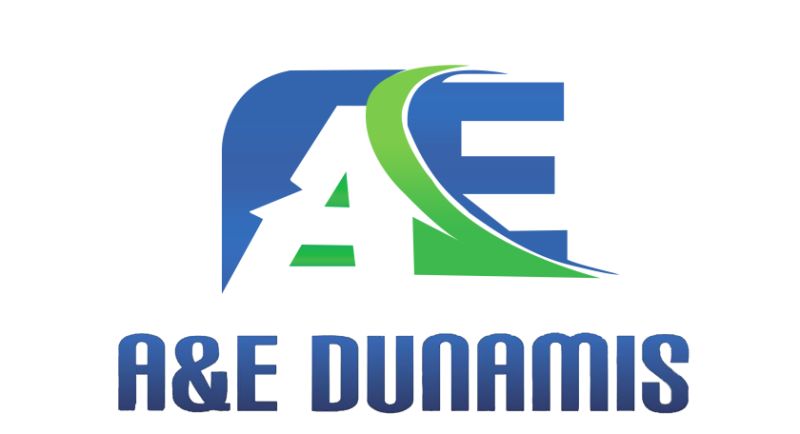How to Monitor Battery Health with a Hybrid Inverter: A Guide for A&E Dunamis Users
How to Monitor Battery Health with a Hybrid Inverter: A Guide for A&E Dunamis Users
🔋 Why Battery Health Monitoring Matters
If you own a hybrid inverter system, especially one like the A&E Dunamis Hybrid Inverter, your battery bank is the heart of your solar backup system. Monitoring its health ensures:
- Longer battery life
- Better system efficiency
- Reduced maintenance costs
- Avoidance of sudden power failures
With solar energy becoming a primary or backup source for homes and businesses, battery performance monitoring is not optional — it’s essential.
🧠 What Affects Battery Health in Hybrid Inverters?
Before we look at monitoring tools, let’s understand what can damage or degrade your battery over time:
- Overcharging or deep discharging
- High ambient temperatures
- Poor charge controller settings
- Battery age and quality
- Inconsistent load patterns
The A&E Dunamis hybrid inverter includes smart features that help you monitor and manage these risk factors efficiently.
📲 How to Monitor Battery Health Using the A&E Dunamis Hybrid Inverter
The A&E Dunamis Hybrid Inverter offers built-in tools and external app support for monitoring your battery’s health in real-time.
1. Use the LCD Display Panel
- Navigate to the battery status screen on your inverter.
- Check State of Charge (SoC), Voltage, and Current.
- Watch for:
- Abnormal voltage drops
- Overcharging signs
- Low capacity during peak usage
2. Connect to the Monitoring App (WiFi/GPRS)
Most A&E Dunamis hybrid inverters support remote monitoring via a mobile app or web dashboard.
- Download the recommended A&E Energy Monitoring App
- Pair your inverter via WiFi or GPRS
- Check real-time battery data:
- Temperature
- Voltage trends
- Charging/discharging cycles
- Battery alarms or warnings
📱 A cloud-based dashboard makes it easy to view battery health trends over weeks or months.
3. Check Battery Temperature Regularly
Overheating is one of the biggest enemies of battery life.
- Ensure your inverter’s environment stays under 30°C
- Use the temperature monitoring feature to detect heat issues
- Set alerts if battery temperature exceeds safe limits
🔥 Lithium batteries degrade faster in extreme heat. A&E Dunamis inverters help you act before damage occurs.
4. Review the Charge/Discharge Cycle Count
Every battery has a limited number of charge/discharge cycles.
- In the app, check total cycle count
- Older batteries will show reduced performance per cycle
- Replace batteries when capacity falls below 70–80%
5. Watch for Warning Codes
The A&E Dunamis hybrid inverter displays error or warning codes related to battery issues. Some common ones include:
- B01 – Low battery voltage
- B02 – Battery over-temperature
- B03 – Communication failure with BMS (Battery Management System)
📘 Refer to your A&E Dunamis manual for a full error code guide.
🧰 Pro Tips for Maintaining Battery Health
- Keep your battery bank clean and ventilated
- Perform a monthly visual check on terminals and cables
- Update your inverter firmware regularly
- Do not let the battery fully drain
✅ Final Thoughts
Monitoring battery health with your A&E Dunamis Hybrid Inverter isn’t just smart — it’s critical to protect your investment and ensure reliable backup power.
With built-in monitoring features, app-based tracking, and smart safety alerts, the A&E Dunamis inverter system gives you full control over your solar battery performance.

